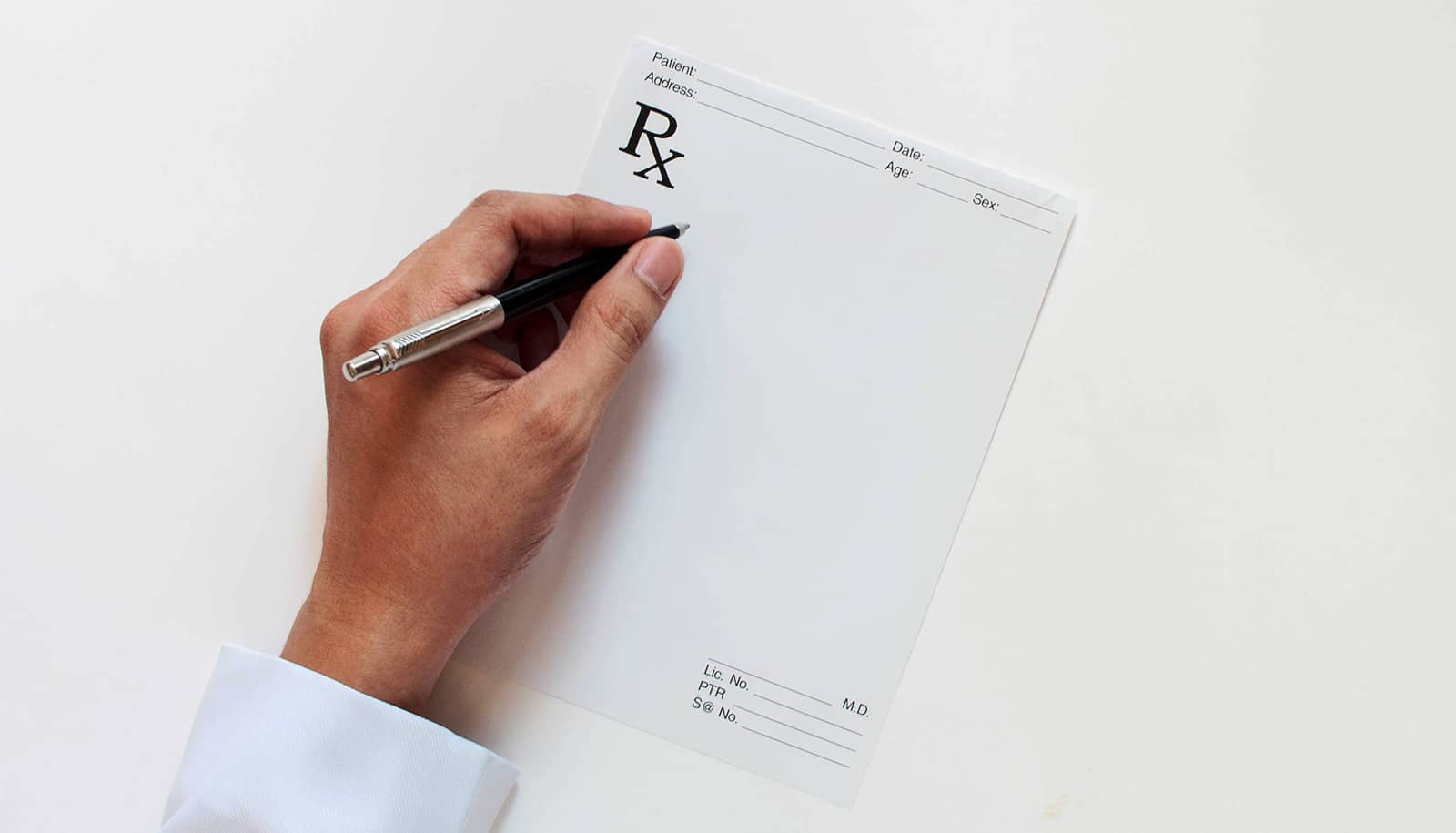Doctors spend more face-to-face time with patients when the office is on schedule and less when the clinic is running behind, a study suggests.
“If a doctor is more consistent in the amount of time spent with each patient, wait times tend to go down…”
Researchers say the findings confirm for health care services a commonly observed phenomenon in grocery stores and banks: Once lines back up, service providers become less consistent and “shortchange” time spent with customers in order to catch up.
“We definitely demonstrated that the amount of time physicians spend with patients is influenced by whether doctors perceive their clinics are running on or behind schedule,” says Kayode Williams, associate professor of anesthesiology and critical care medicine at Johns Hopkins University School of Medicine and clinical leader of the study in BMJ Open.
“There is always tension between spending time with patients so they leave feeling I’ve really listened to them and keeping patients’ wait times down,” Williams says.
Being rude to your doctor makes them mess up
The research was inspired by previous studies, which showed that enforcing patient punctuality reduced variability in patient wait time. But this study explores whether physician behavior also affects clinic efficiency.
Researchers gathered data on appointment time, patient arrival time, patient interactions in the clinic, and physician-patient interaction at three Johns Hopkins locations: a low-volume pain management clinic, a medium-volume academic pain management clinic, and a high-volume radiation oncology service. In all, they examined 23,635 patient-doctor interactions.
While many physicians believe all patients receive the same level of service, the average time that physicians actually spent varied depending on how promptly a patient had arrived and whether the clinic was running on time.
While intuition suggests that sort of “hurry up to catch up” adaption would help the clinic run more smoothly, the findings show that it actually harms efficiency by adding unpredictable time variability to the system.
Doctors should ask ‘what’s the worst part of this?’
To explore the implications, the researchers plugged their data into a computer model that artificially expanded the sample size with thousands more “theoretical” patients. In a model of 10,000 doctor-patient sessions, researchers found that even if patient tardiness is eliminated, physician behavior would cause the clinic to run behind schedule.
While patient punctuality is a real factor in creating long wait times, physician behavior may have a larger impact on clinic efficiency, the team concludes.
“We didn’t originally think that physicians would be aware of the congestion in the clinic because they were not out in the waiting room seeing the congestion,” says Maqbool Dada, professor of operations management and business analytics at Johns Hopkins Carey Business School. “But it appears they could sense the rhythm of the clinic.”
The take-home message is that doctors need to try for consistency in patient face-time, “to reduce uncertainty in the overall system” and avoid backing patients up, says Chester Chambers, assistant professor at the Carey Business School.
“If a doctor is more consistent in the amount of time spent with each patient, wait times tend to go down, and it puts less pressure on the doctor to make up the time by rushing.”
Because of the aging US population, he says, demand for health services will continue to rise. “We need to make things go smoother so that we can see more patients without sacrificing quality,” Chambers says.
Source: Johns Hopkins University



